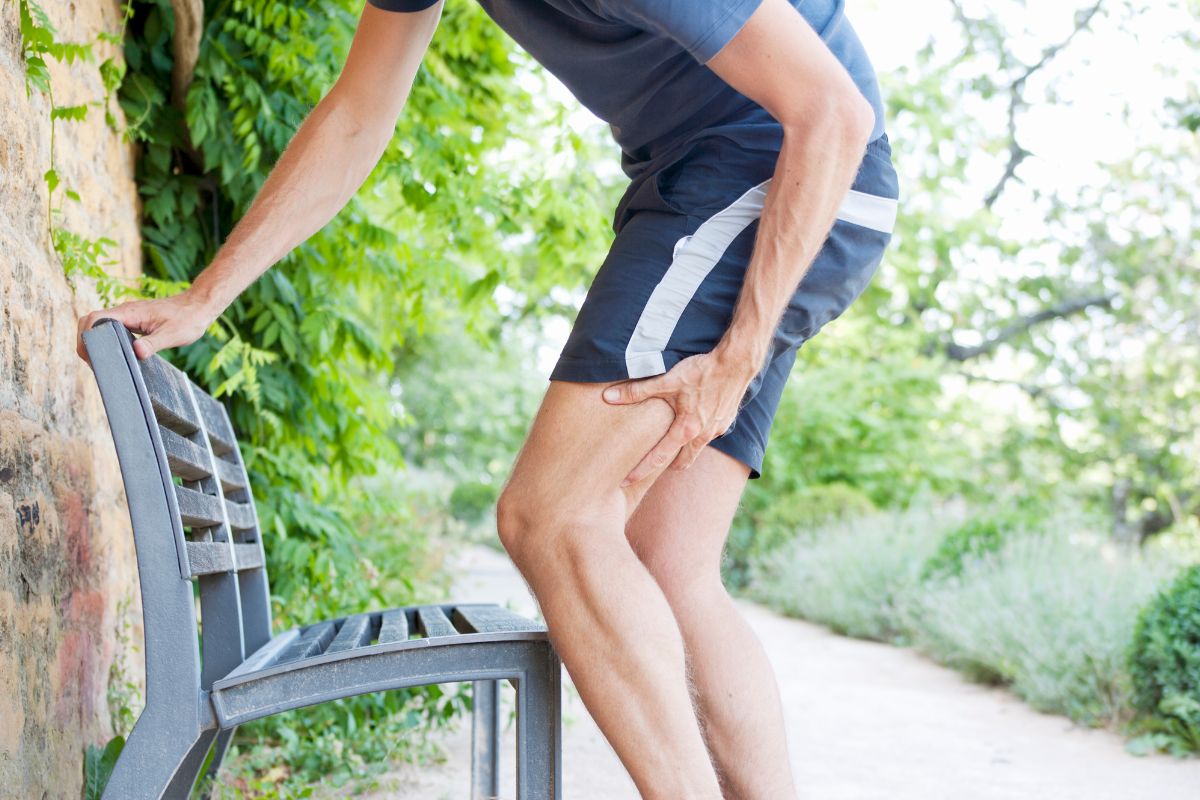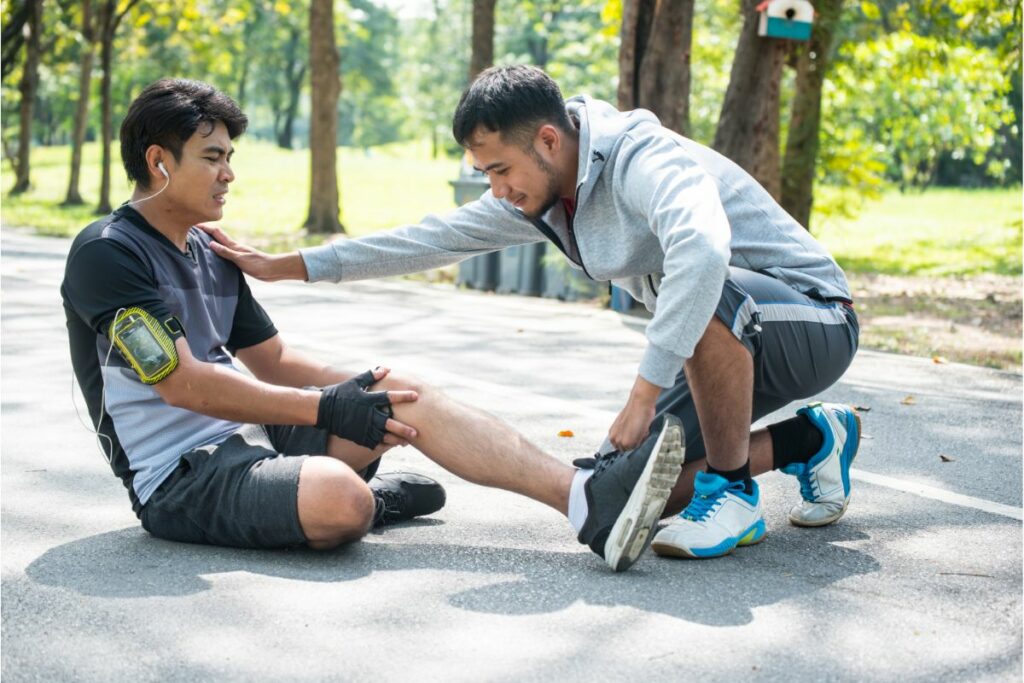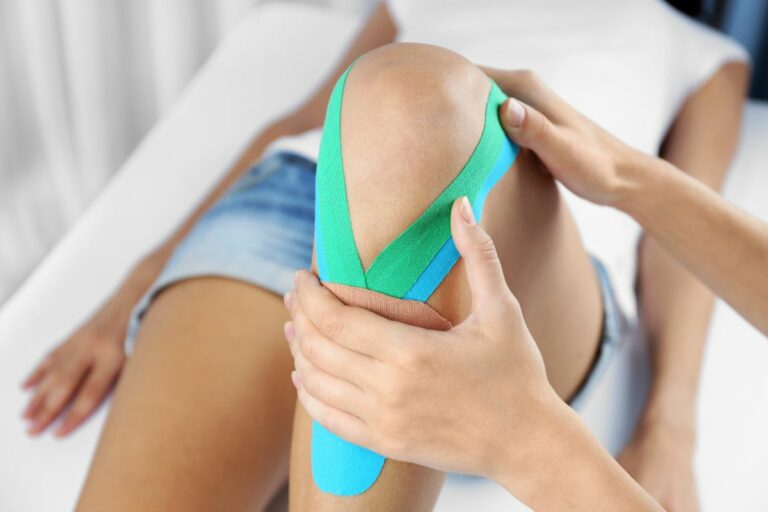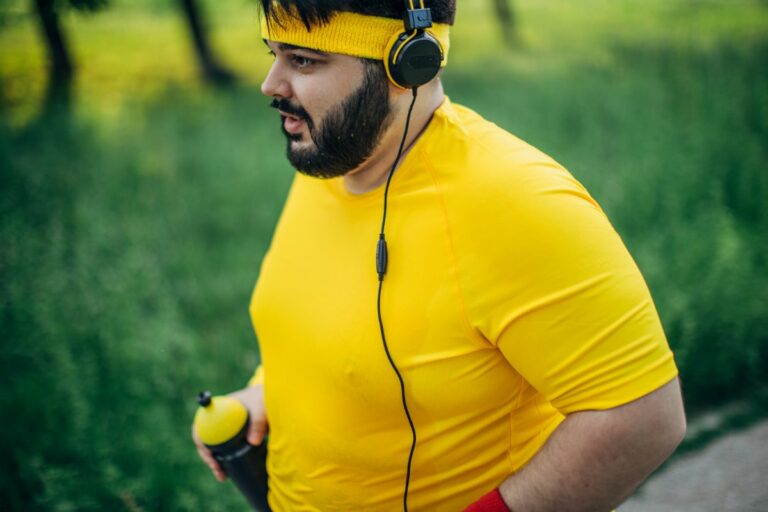How To Prevent Cramping While Running: 6 Easy Ways to Avoid Cramps

As an athlete or a keen runner, there’s nothing more debilitating than cramping while running! But how to prevent cramping?
If you want to know what causes cramping and how to prevent it while running, we’ve got you covered in this article.
Let’s dive right in.
What Causes Muscle Cramping?
Some experts claim that muscle cramping occurs due to being out of shape. Others say it is simply a side effect of the type of exercise.
While both of these may be contributing factors, they aren’t definitive causes of cramping.
Instead, cramping typically occurs while running because of an over-contraction or the overuse of muscles during the movement, or simply via a sheer lack of muscle strength.
In terms of running, there are a few major causes of muscle cramping that every runner must be aware of.
This includes the following:
- Poor or insufficient conditioning
- History of cramping
- High sweat rate
- High sweat sodium concentration
- Poor hydration or salt intake before/during a run
- Lack of fluids and electrolytes
- Older age
- Poor stretching practices
Cramping That May Occur During A Run
Going for a run targets the same core muscle groups each time. This means that there are a couple of areas of the body that are far more susceptible to cramping than others.
As a result of this, you may suffer from the following types of cramping more often than others:
- Stomach Cramping: this may occur due to shallow breathing or extremely poor digestion from drinking or eating too much before a run. If you consume too much, it will be a lot more difficult to take in a full breath which may cause significant issues for you.
- Muscle Cramping: if spasms or cramping occurs in your calves or legs, this may be due to multiple reasons. Some of the most common reasons include inadequate carbohydrate intake, poor stretching techniques, or dehydration, for example.
- Side Cramping: more commonly known as side stitches, this type of cramping occurs just below the rib cage. Side cramping is generally brought on during a run by poor breathing or an imbalance in terms of electrolytes (potassium and sodium).
Our Top Tips To Prevent Cramping While Running

There are a couple of things you can do to prevent cramping from occurring while running. We’ve included our top tips for you to look at below.
1. Never Run On A Full Stomach
Before you go for a run, you may want to consider adjusting the content, quantity, or size of your meal.
We’d advise you to eat around 3 to 4 hours before your workout so that you do not suffer from digestive problems or cramping.
In layman’s terms, you should never eat immediately before going for a run nor should you drink lots of water.
Try to have only a few sips of water before and during your run and then wait until the workout is done before fully rehydrating.
2. Keep Track Of What You Eat
Keep a food log for around a week detailing the foods that you eat. This can tell you a lot about your body and yourself, including which foods may be causing you to experience cramping while running.
Note what you eat and drink and how soon you do this before heading out, and also document how you feel during your run.
This will highlight which habits work the best with your exercise and will show you what you must do more of (or what you must eliminate from your diet) to prevent cramping.
3. Warm Up Properly
You can start pretty strong on a run by making sure to warm up properly before you start moving.
Whether you are embarking on a weekly hill session or a half-marathon, warming up your body will work wonders to help you prevent cramps while running.
By increasing the blood flow to the muscles in all different parts of your body, you will be officially preparing your body to start the process of running by moving it through its full range of motion.
4. Hang Onto Your Form
Your quads and hamstrings should work together in harmony while you are out on a run.
They are partners in your legs and must function together to both push and pull the movement of your legs as you run.
Cramping usually occurs in these situations when one leg is picking up the slack of the other, resulting in some type of imbalance in the muscles.
5. Breathe Deeply
If you are struggling with abdominal cramps or a side stitch while out on a run, there is a huge chance that it is related to the way that you are breathing.
While out on a run you must practice deep breathing. This allows you to have much more control over your body and your breathing, which automatically helps you to efficiently contract your muscles more often to prevent cramping.
If you were to overwork your core muscles and lungs with inefficient breathing techniques, you will likely find that cramping occurs quickly and easily while running.
6. Slow Down When Needed
Like any other form of exercise, you must make sure not to overdo the movement of running or overwork yourself.
Therefore, pacing yourself is crucial when it comes to preventing cramping while running.
Recent evidence has pointed to the fact that runners who begin too fast in a race and refuse to slow down are typically far more likely to suffer from cramping than those who introduce different levels of pacing.
Simply put, taking things slow and steady while on the run is never a bad decision!
Simply put, slow running will help you get faster and reduce the risk of injury. Taking things slow and steady while on the run is never a wrong decision!
The Bottom Line
That concludes our article about how to prevent cramping while running! We hope that you have learned something new and that you now understand the importance of caring for yourself before and after your run.
Avoiding cramping while running is not always possible, but there are many ways of reducing the possibility of it occurring.
If you successfully follow the tips and guidance in this article, you will be far less likely to experience debilitating cramping on your run.






